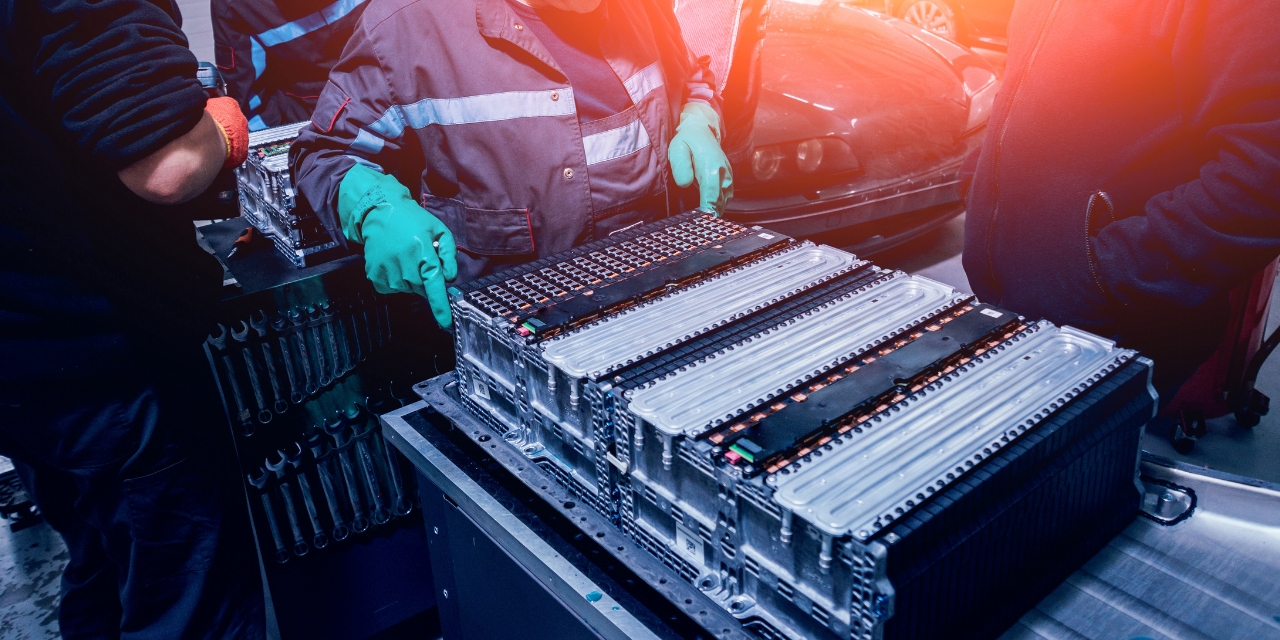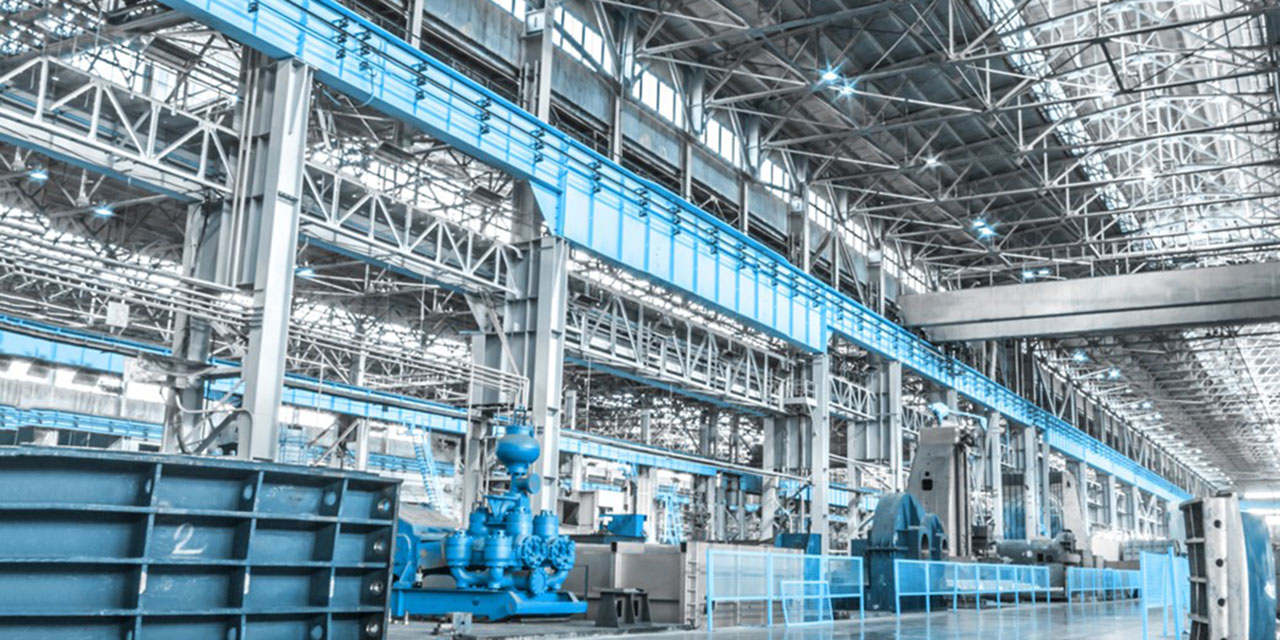
Key Takeaways: International Battery Seminar
Baird recently attended the 40th annual International Battery Seminar, which featured battery industry leaders across corporates, academia and government. This year the conference drew record attendance of over 2k+ attendees across the ecosystem. Read further below for key takeaways from this year's event.
KEY TAKEAWAYS
Demand for batteries far outstrips supply across the entire ecosystem with limited end in sight
- Lithium demand is expected to reach 6 megatonnes by 2040, and current lithium mining projects in the pipeline are expected to produce 2 megatonnes by 2040, implying demand will out strip supply by a factor of 3x by 2040, unless additional production investments are made.
- Production ramp-up period for mines and manufacturers is longer than what the demand side of equation needs. It will likely take more than a decade for supply to catch up with demand (if significant additional investment made).
- Lithium mines can take 5-7 years to go from non-producing to fully productive.
- Battery manufacturing facilities can take 1-3 years to build and another 1-2 years before fully productive.
- Supply constraints may be further exacerbated by the Inflation Reduction Act (IRA) bill, which includes domestic or free trade partner input requirements to qualify for tax incentives.
Industry is undercapitalized domestically (in the US) and needs to attract new financial investors
- Historically, domestic investment has been on emerging battery technologies and not commercialization (i.e. materials / manufacturing).
- It’s difficult to identify what subsection of the value chain will be able to maintain pricing power over the long run.
- State level incentives for new manufacturing facilities can provide additional capital to fill the financing gap and get projects online.
- Anecdotally, there seemed to be limited investor attendance at the conference relative to similar marquee industry events in other sectors.
Highly complex supply chains may necessitate further vertical integration
- Chemistry matters, and there are a limited number of lithium producers that can consistently supply product without too much additional processing required.
- Upstream strategics facing input supply constraints will need to lock-in offtake agreements through investments in downstream players, which may alleviate some issues around alignment of chemistries with manufacturing needs.
- With no industry standards in place, recycling will be necessary for manufacturers in the near-term.
- Many lithium projects coming online will have significantly higher operating costs than existing producers, further putting price pressure on end markets.
Global competition for the industry will remain fierce
- China will likely remain the dominate global manufacturer for years to come given its existing head start.
- As of 2022, China has ~150 of the ~275 gigafactories globally and is estimated to have ~275 of the ~360 by 2030 based on the current pipeline.
| Gigafactories | North America | APAC | EMEA |
| 2022 (Current) | 8 | 9 | 9 |
| 2030 (Projection) | 31 | 34 | 34 |
- European nations are and will continue to ramp up manufacturing, putting in place their own IRA-like incentives to try and reverse capital flow into the US, post the passage of the IRA bill.
Cost and scalability now front of mind in addition to performance
- The industry is focused on making scientific leaps in performance, now looking at the immense near-term opportunity of trying to meet demand with existing scalable technologies on a commercial level at competitive cost.
- Battery application will lead to divergent end markets, e.g. the energy storage market will be focused on cost, cycle life and safety as opposed to performance
- Increasing chatter around sodium-ion as a competitor to lithium-ion in certain applications.








